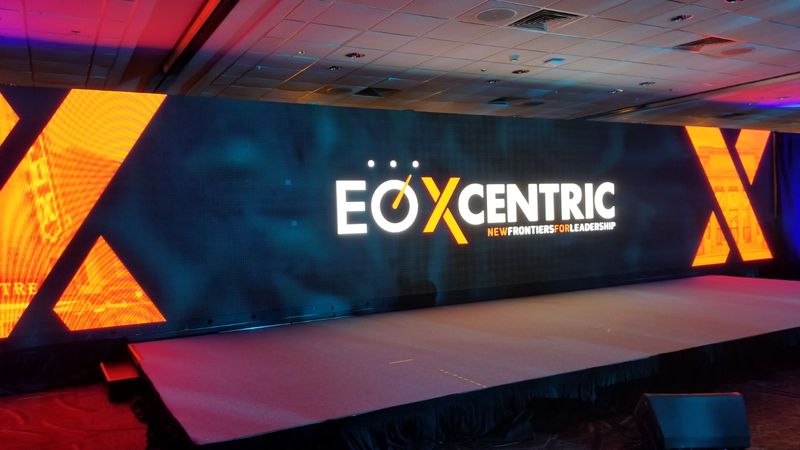Investigating the Crucial Factors That Affect Hue Consistency in Light Emitting Diode Wall Screens for Ideal Display Performance
Color uniformity in LED wall panels is essential for attaining optimal visual performance. light-emitting diode wall screens are widely used in multiple environments, including musical events, meetings, and advertising showcases. When the colors on these screens are uniform, they create a more engaging and immersive experience for viewers. Several key elements affect hue uniformity, including the caliber of the LED components, tuning procedures, and surrounding factors.The caliber of the light-emitting diode components plays a significant role in color consistency. Different types of light-emitting diodes produce light at different frequencies, which can influence the total color output. Premium light-emitting diodes are engineered to generate a more consistent light range, leading in better color accuracy. Additionally, the manufacturing process of these LEDs can impact their performance. Panels made with superior materials and techniques tend to have fewer color differences, ensuring that the displayed images and footage look lively and faithful to life.

Tuning is another essential element in maintaining color uniformity in light-emitting diode wall panels. Tuning entails adjusting the configurations of the screen to ensure that the hues displayed match the intended appearance. This procedure can include adjusting luminosity, contrast, and color balance. Frequent tuning is necessary, especially in environments where lighting factors vary frequently. By calibrating the screens, specialists can correct any inconsistencies in hue output, leading to a more consistent observing encounter.
Environmental conditions also affect hue uniformity in LED wall panels. Elements such as surrounding light, temperature, and humidity can influence how hues are seen. For instance, intense ambient light can dull hues, making them appear less vibrant. Similarly, harsh heat can affect the performance of the LEDs, resulting to hue changes. To reduce these problems, it is crucial to install LED wall panels in managed settings where illumination and temperature can this post be managed efficiently.
Lastly, the layout and arrangement of the light-emitting diode wall panels can affect hue consistency. The arrangement of the panels, as well as the spacing from which they are observed, can create differences in hue perception. When panels are placed too distant apart or at different angles, viewers may notice discrepancies in hue. To obtain the best visual performance, it is important to take into account the positioning and arrangement of the panels during setup. By addressing these factors, operators can guarantee that their light-emitting diode wall screens provide a consistent and high-quality visual experience.